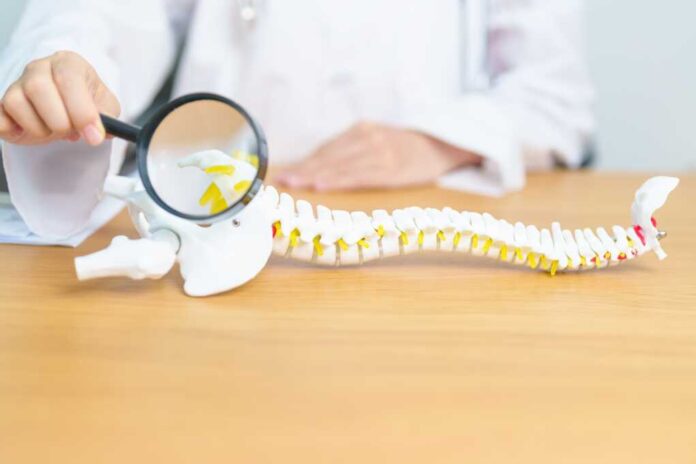
A groundbreaking drug trial offers new hope for spinal cord injury patients, challenging long-held beliefs about paralysis recovery.
Story Snapshot
- Larry Williams walks again after participating in a clinical trial for NVG-291.
- NVG-291 promotes nerve regrowth, offering a potential breakthrough in spinal cord injury treatment.
- Williams continues to improve without ongoing drug administration.
- Expanded trials aim to validate these promising results for more patients.
Breakthrough in Spinal Cord Injury Treatment
Larry Williams, a 58-year-old from Philadelphia, defied the odds by regaining mobility after participating in a clinical trial for an experimental drug, NVG-291. This injectable peptide, designed to promote nerve regrowth, enabled Williams to progress from minimal movement to walking 10 meters with a walker in a mere 15 seconds. His journey began after a severe mountain biking accident in early 2024 left him paralyzed. Despite initial surgery and limited recovery, Williams’ involvement in this trial has sparked hope for countless others.
NVG-291 represents a novel approach to spinal cord injury treatment by blocking inhibitory signals that prevent nerve regrowth, setting it apart from previous therapies. Conducted at Shirley Ryan AbilityLab in Chicago and led by Dr. Monica Perez, the trial has demonstrated sustained improvements in Williams’ mobility, even after ceasing drug administration. This marks a significant shift from traditional treatments focused solely on rehabilitation, offering a glimpse into a future where regenerative treatments could become the norm.
Remarkable recovered: Paralyzed man walks again thanks to experimental drug trial https://t.co/BnnxD4icjR pic.twitter.com/acI4nhkW0o
— New York Post (@nypost) October 3, 2025
Ongoing Improvements and Expanding Trials
Sustained improvements in Williams’ mobility continue to be reported more than a year after receiving NVG-291. He has achieved new milestones, such as swimming laps and standing unaided for 30 seconds. These advancements underscore the potential of NVG-291 to enhance the quality of life for spinal cord injury patients, offering them greater independence and mobility. Encouraged by these results, researchers are expanding trials to include more participants, aiming to validate the drug’s efficacy and safety on a broader scale.
The continued success of NVG-291 trials could lead to a paradigm shift in how spinal cord injuries are treated. The economic implications are substantial, with potential reductions in long-term healthcare costs and improved productivity for recovered patients. Socially, the drug promises enhanced independence and mental well-being for those affected by such debilitating conditions. Politically, it could drive increased advocacy for funding and regulatory approval of regenerative therapies, ultimately transforming the landscape of neurorehabilitation.
Hope for the Future
NVG-291 has ignited optimism among spinal cord injury patients and healthcare providers, signaling a new era of treatment possibilities. While challenges remain, including the need for larger trials and long-term follow-up to ensure safety and efficacy, the potential benefits are undeniable. As interdisciplinary collaboration in neuroregenerative medicine accelerates, NVG-291’s success story serves as a beacon of hope, inspiring ongoing research and innovation in the fight against paralysis.
Patient advocates and researchers alike highlight the transformative potential of this breakthrough, urging continued support and exploration of regenerative therapies. As trials expand and results are validated, NVG-291 could become a cornerstone in the treatment of spinal cord injuries, offering renewed hope and independence to those who need it most.
Sources:
Paralyzed man walks again after experimental drug trial triggers remarkable recovery – Fox News
Paralyzed man walks again after experimental drug trial triggers remarkable recovery – AOL
World-first clinical trial aims to treat chronic spinal cord injuries – Zhejiang University


















